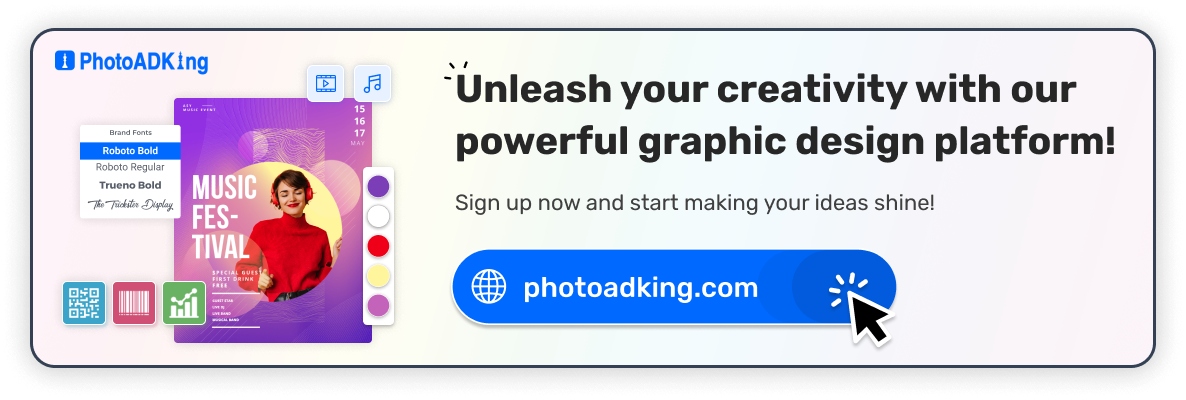Graphic design is always changing. Mixing art with smart marketing is really important. Making flyers that people like can be better if we use shapes like squares and triangles. Geometric shapes, which are balanced and even, have become a strong way for designers to make cool flyers that catch attention.
In this article, we’ll talk about using shapes in flyers and also see types of geometric shapes, advanced geometric shapes examples, and the psychology of shapes in flyers.
Table of Contents
1. Introduction to Geometric Shapes
2. Types of Geometric Shapes
3. Advanced Geometric Shapes: You Can Use in Flyer Design
4. Comparing 2D vs. 3D Geometric Forms
5. The Psychology of Geometric Shapes in Flyer Design
6. Conclusion
7. FAQs
Introduction of Geometric Shapes
Geometric shapes are the building blocks of the world around us. These shapes are like the puzzle pieces that make up everything we see. You might have heard of shapes like circles, squares, and triangles. They come in different sizes and arrangements, and they all have special names and properties.
For example, circles are round and have no corners. While squares have four equal sides and four corners. So, when you look at a soccer ball, a book, or even a pizza slice. You can see the geometric shapes that make them what they are!
They help us understand patterns, create beautiful artwork, and build things like buildings and bridges. Also, you can craft your geometric flyer design with our innovative flyer maker tool. Keep your target audience in mind and ensure that the chosen shapes align with your brand’s values and message. So next time you see a shape, remember that it might just be a geometric wonder!
Types of Geometric Shapes to Use in Flyer

Points and Lines
A point is a fundamental geometric object with no dimension. While a line is a series of points extending infinitely in both directions. Lines serve as the basis for more complex shapes.
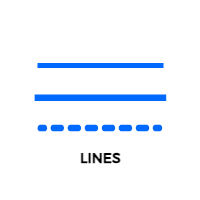
Circle
Geometric circles, perfectly round and symmetrical, are renowned for their aesthetic and mathematical significance. Moreover, they have an infinite number of points on their boundary and are pivotal in trigonometry.
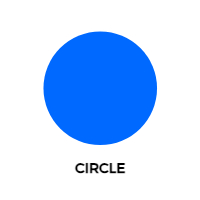
Oval
An oval is like a stretched-out circle, with curvy sides that are round but not the same size. Think of it as an elongated shape often resembling eggs or faces.

Semi Circle
A semicircle is like half of a round cookie with a flat side, created by cutting a circle into two equal halves. Also, it’s commonly seen in arches and smiley faces.

Drop
Often used to describe a tear-like shape, a drop is a symmetrically rounded form with a pointed end. Also, it symbolizes fluidity and balance, seen in raindrops, jewelry designs, and artistic representations of water elements.

Triangle
Triangles are polygons with three sides, three angles, and three vertices. They come in various types, such as equilateral, isosceles, and scalene, each holding unique properties.
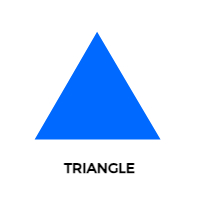
Right Triangle
This is a simple shape that looks like a corner of a piece of paper. Also, it has one angle that’s exactly 90 degrees, making it perfect for making corners in buildings and creating stability in structures.
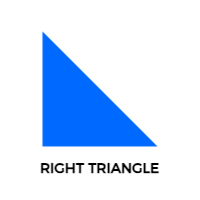
Cone
A three-dimensional geometric angle with a circular base and a pointed top resembles an ice cream cone. Besides cones found in nature and various man-made objects, serve as a fundamental shape in geometry and engineering.

Square
Squares are quadrilaterals with equal sides and angles of 90 degrees. Also, their symmetry and balanced properties make them integral to architecture and design.

Rectangle
Rectangles share similarities with geometric squares, but their opposite sides are of unequal length. They find wide-ranging applications due to their practicality and ease of construction.
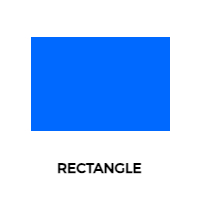
Kite
A geometric kite is a shape that looks like the classic kite you fly in the sky. It has two pairs of sides – one pair of longer sides and another pair of shorter sides – and the longer sides are next to each other.

Rhombus
A rhombus is a slanted square with equal-length sides but opposite angles that aren’t 90 degrees. Imagine a kite with all sides having the same length.

Parallelogram
Parallelogram is a special shape with opposite sides that are both parallel and equal in length. Also, it’s like a stretched-out rectangle, and it teaches us about how lines and angles behave in a balanced way.

Trapezium
A trapezium is a four-sided shape with only one pair of sides parallel. It’s like a ladder where the rungs on one side are longer or shorter than the other, creating a slanted shape.
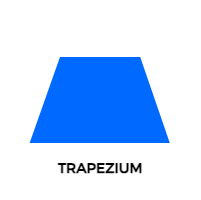
Pentagon
A Pentagon is a five-sided flat shape, like a house with five walls. Besides, each side connects to two others, forming angles that make it unique and interesting!
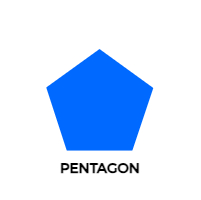
Star
The star shape is a pattern with multiple points connected by lines, resembling a star you might draw. Also, it’s a simple yet intriguing shape often used in crafts and design to add a touch of wonder and beauty.

Hexagon
The geometry of the hexagon, with its six sides and balanced angles, offers a versatile canvas for creating visually captivating patterns. Also, arrangements evoke a sense of harmony and structure.
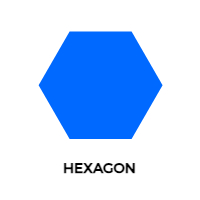
Cylinder
A cylinder looks like a can of soda, with two flat circles at the top and bottom and a curved side connecting them. Besides, it’s a 3D shape often seen in objects like cans and cups.

Heart
The heart shape is a symbol of love, resembling two round shapes at the top joined together and curving down to a point. Also, it’s like a love message in the form of a geometric figure

Pyramid
A geometric pyramid involves creating visually dynamic compositions that leverage the iconic triangular structure, often symbolizing hierarchy, balance, and depth. To convey messages or concepts with an impactful and multidimensional visual appeal.
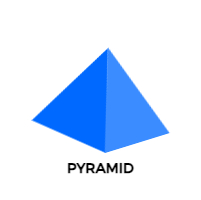
Arrow
An arrow shape is like a triangle with a line attached to one end, representing direction. Also, it’s used to show movement or indicate a specific point or target.

Advanced Geometric Shapes: You Can Use in Flyer Design
Geometric Quadrilaterals
Quadrilaterals are four-sided polygons that encompass shapes like trapezoids, parallelograms, and rhombuses. Also, they showcase the diversity of geometric attributes.

Geometric Polygons
Polygons are multi-sided shapes with distinct angles and vertices. From pentagons to octagons, each polygon has its own characteristics and significance.
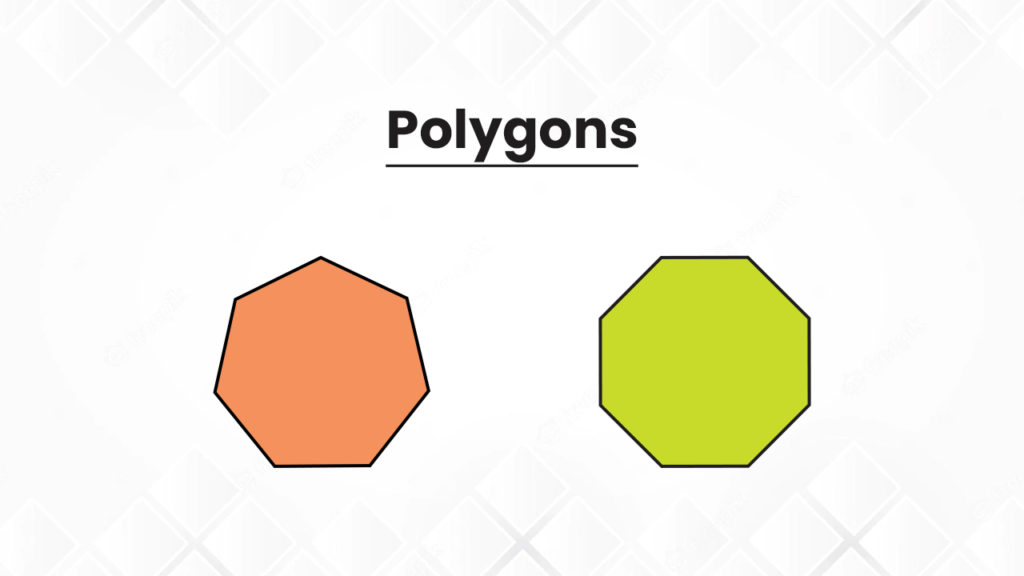
Geometric Ellipse
Ellipses are closed curves that differ from circles in their dimensions. Also, they have two main axes, major and minor, and are crucial in astronomy and physics.

Geometric Diamonds
Diamonds, in geometry, refer to rhombuses with 60-degree angles. Moreover, they interlock perfectly in a tessellating pattern, showcasing their unique visual appeal.
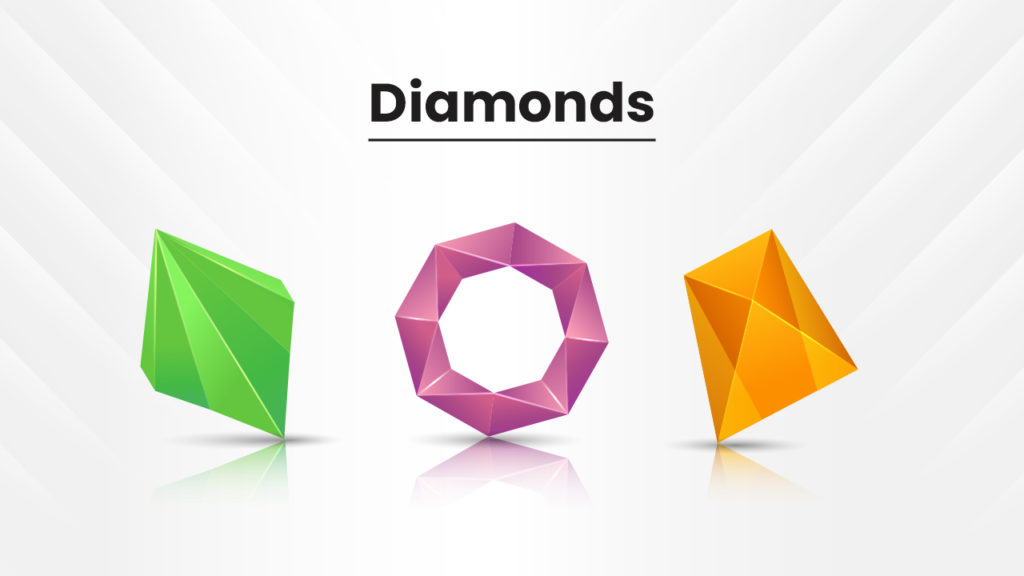
Geometric Curves
Curves introduce fluidity to geometric spaces. They range from gentle parabolas to complex exponential curves. Contributing to the aesthetics of various disciplines.

Geometric Spirals
Spirals combine a circular and linear motion, appearing abundantly in nature—such as seashells and galaxies. Their captivating form has intrigued artists and scientists alike.
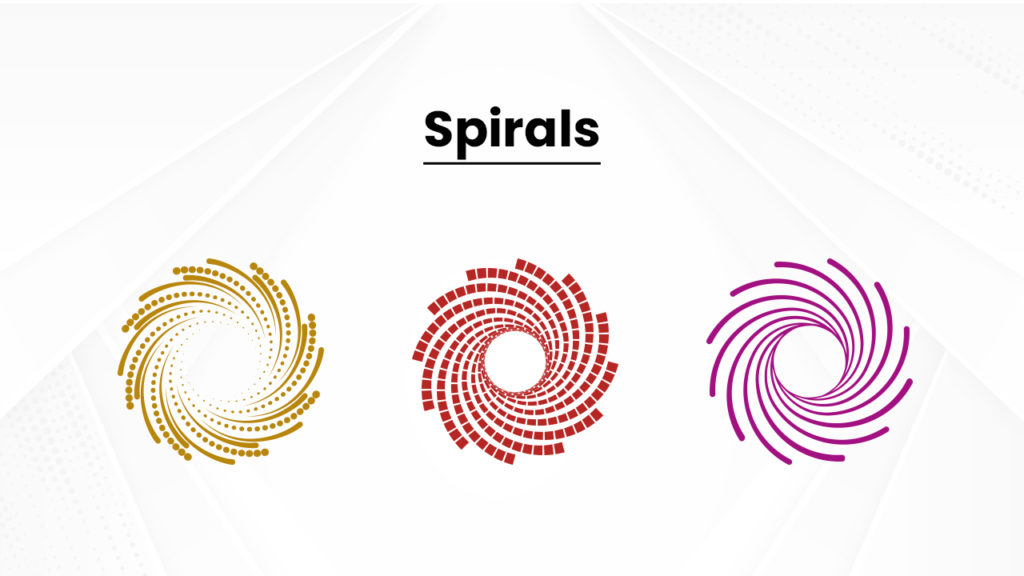
Hypotrochoid and Epicycloid
These are intricate curves generated by the motion of points on circles. They create stunning visual patterns and have been used in art and mechanical design.

Comparing 2D vs. 3D Geometric Forms
2D and 3D shapes are fundamental concepts in geometry, and they differ in their dimensions and properties. Here is the key comparison between these two types of shapes in geometry:
| Aspect | 2D Shapes | 3D Shapes |
|---|---|---|
| Definition | Shapes that have only length and width. | Shapes with length, width, and depth. |
| Examples | Circles, triangles, squares, rectangles, etc. | Cubes, spheres, cones, cylinders, pyramids, etc. |
| Appearance | Flat figures on paper or screens. | Solid objects that you can hold. |
| Characteristics | No thickness, no volume. | Have volume, surface area, and depth. |
| Properties | Have perimeter (sum of sides) and area. | Have surface area (sum of sides) and volume. |
| Measurement | Perimeter is measured in units. | Surface area is measured in square units. |
| Conversions | The area is measured in square units. | Volume is measured in cubic units. |
| Visual Representation | Drawn with lines and curves on a plane. | Represented with models or computer graphics. |
| Perspective | No depth or sense of thickness. | Show depth and can have a 3D perspective. |
The Psychology of Geometric Shapes in Flyer Design
The symbolism of Common Shapes
Shapes carry cultural and symbolic meanings. Circles symbolize unity, triangles represent change, and squares embody order and structure.
The Way Shapes Influence Flyers
Shapes have feelings too! Well, not exactly, but they do make us feel things when we see them on a flyer. Imagine you’re looking at a flyer – if it has squares, you might feel like it’s reliable and solid. But if it has curves, you might get a sense of smoothness and flexibility.
What Different Shapes Can Mean
Shapes aren’t just shapes; they carry deeper meanings. For example, circles represent unity, like a team coming together. Triangles suggest change, similar to a story taking a surprising twist. Squares convey order, reminding us of neatly arranged toys on a shelf.
You Might Also Like
Types of Graphic Design
Graphic Design Trends
Logo Ideas for Graphic Designers
Graphic Design Flyer Ideas
Creative Tumblr Graphics Designs Ideas
Graphic Designer Resume Examples
Flyer Style
Conclusion
In the captivating world of geometric shapes, simplicity, and complexity intertwine seamlessly. From the elegant lines of a triangle to the intricate patterns of fractals, these shapes transcend disciplines and cultures. Tusing shapes like squares and circles make flyers more interesting. Colors that go well together and differences in how things look also help make flyers that people remember. When designers use shapes in creative ways, they can make flyers that really connect with people and make them feel something special.
FAQs
The main types of geometric shapes include geometric rectangles, polygons, circles, ellipses, triangles, and squares.
2D shapes exist on a flat surface and have only length and width, while 3D shapes have depth in addition to length and width. 2D geometric shapes include geometric patterns triangles and squares, while geometric spheres and cubes are examples of 3D shapes
Common geometric shapes and patterns include geometric triangles, circles, squares, rectangles, pentagons, hexagons, octagons, spheres, cubes, cylinders, cones, and pyramids.
Geometric shapes are classified based on their properties and characteristics. They can be categorized into two main types: two-dimensional (2D) shapes and three-dimensional (3D) shapes.
Geometric shapes can be adapted to various flyer types, but the choice depends on the message you want to convey.

